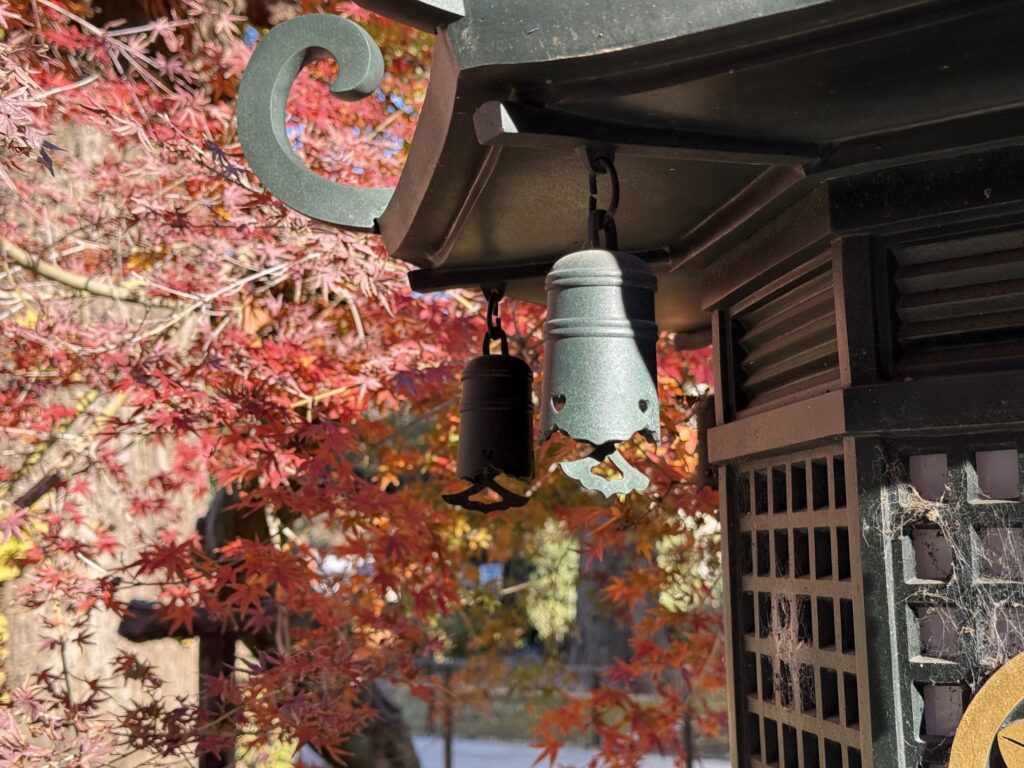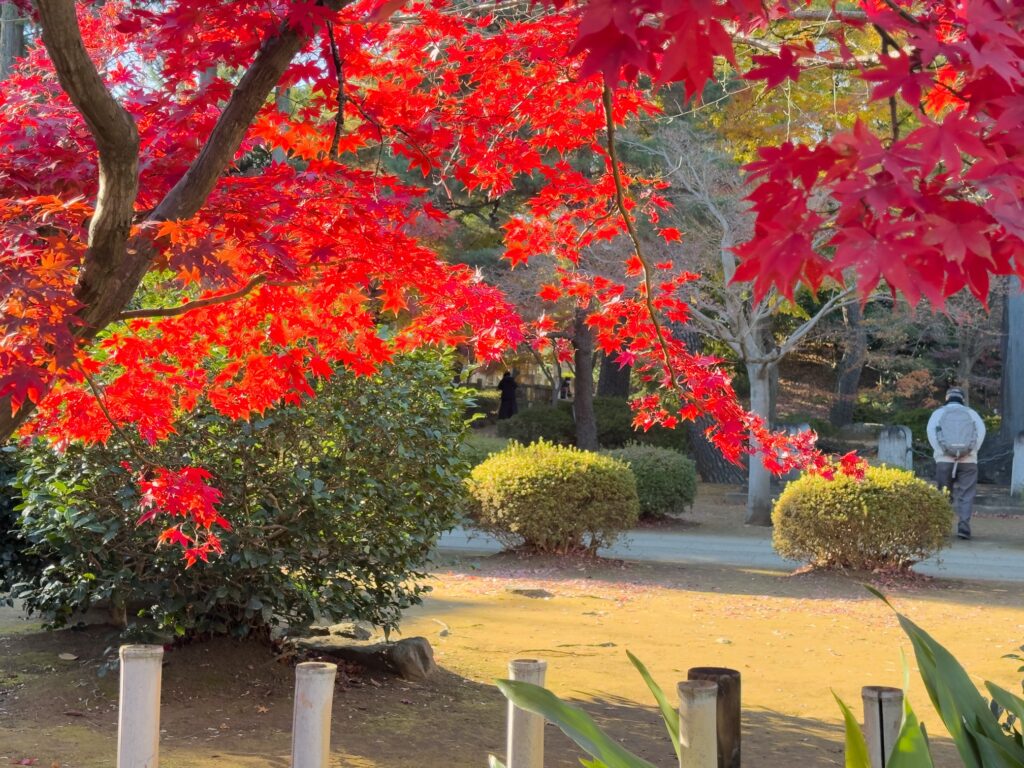Gotokuji Temple: Tokyo’s Temple of Lucky Cats
Nestled in the quiet Setagaya district of Tokyo, Gotokuji Temple is an intriguing spot with an (almost) unique claim to fame: it’s considered the birthplace of the maneki-neko, or “lucky cat.” This charming temple, with its peaceful atmosphere and quirky tradition, is a must-visit for those looking to explore a lesser-known side of Tokyo.
The History of Gotokuji Temple

Gotokuji Temple has a rich history that dates back to the early 17th century. Founded during the Edo period (1603–1868), it is associated with the Soto school of Zen Buddhism. The serene grounds, traditional architecture, and beautiful pagoda – although more recently built – stand as a reminder of Japan’s rich cultural heritage.
However, Gotokuji Temple is perhaps most famous for the legend that links it to the maneki-neko, the iconic “beckoning cat” figure that’s commonly found in shops, restaurants, and homes, believed to bring good luck and fortune.
The Maneki-Neko Legend

The story of Gotokuji Temple and the maneki-neko begins with lord Ii Naotaka and his party choosing Gotoku-Ji as the place to rest aber being invited by a cat at the temple gate. They weathered a violent thunderstorm there and the temple later became the family temple of the Ii clan. To honor the cat that ultimately brought prosperity for the temple, the maneki-neko was created to symbolize good fortune.
There are other legends that would locate the birthplace of maneki-neko to other places. All of them have one thing in common: A cat that would bring prosperity or even save one’s life.
A Temple of Cats


Today, Gotokuji Temple is filled with hundreds of maneki-neko statues, all donated by visitors and pilgrims who wish to ask for good fortune, health, or prosperity. These statues can be found in one area of the temple where you can see cats of various sizes. This small area also attracts the most tourists.
Visitors can buy their own maneki-neko at the temple’s shop, where various sizes of the lucky cats are available. The shop is equipped with a vending machine: You select the products outside, pay and then take the tickets inside. Only one cat per customer and some items were sold out when I visited.
Exploring Gotokuji Temple

While the maneki-neko is undoubtedly the main attraction, Gotokuji Temple offers much more for visitors to discover, offering a large pagoda, tranquil pathways and beautiful spots for autumn leaves.
The temple is also known for its small graveyard, where the resting place of Ii Naotaka is located.
How to Get to Gotokuji Temple
Gotokuji Temple is easily accessible by public transportation. The nearest station is Gotokuji Station on the Odakyu Line, which is just a short walk from the temple.
Where to go next
Setagaya Hachimangu Shrine: Located next to Gotokuji, but a lot less crowded.
Setagaya Boro-ichi: A big flea market that has been held since 1578. Expect many stalls selling antiques, clothing and snacks. Usually held twice each year in January and December.
Shimokitazawa: A neighbourhood renowned for independent vintage fashion, bars, theaters and cafes.








Pingback: Setagaya Boroichi: Flea Market with a History - Ja(a)pan